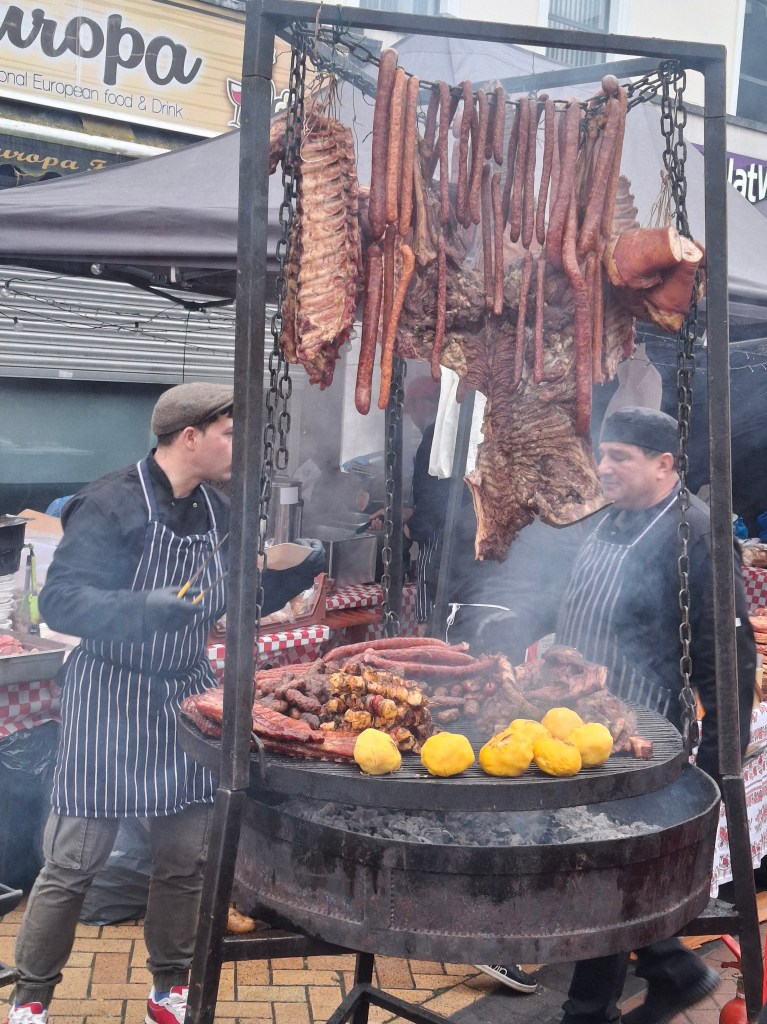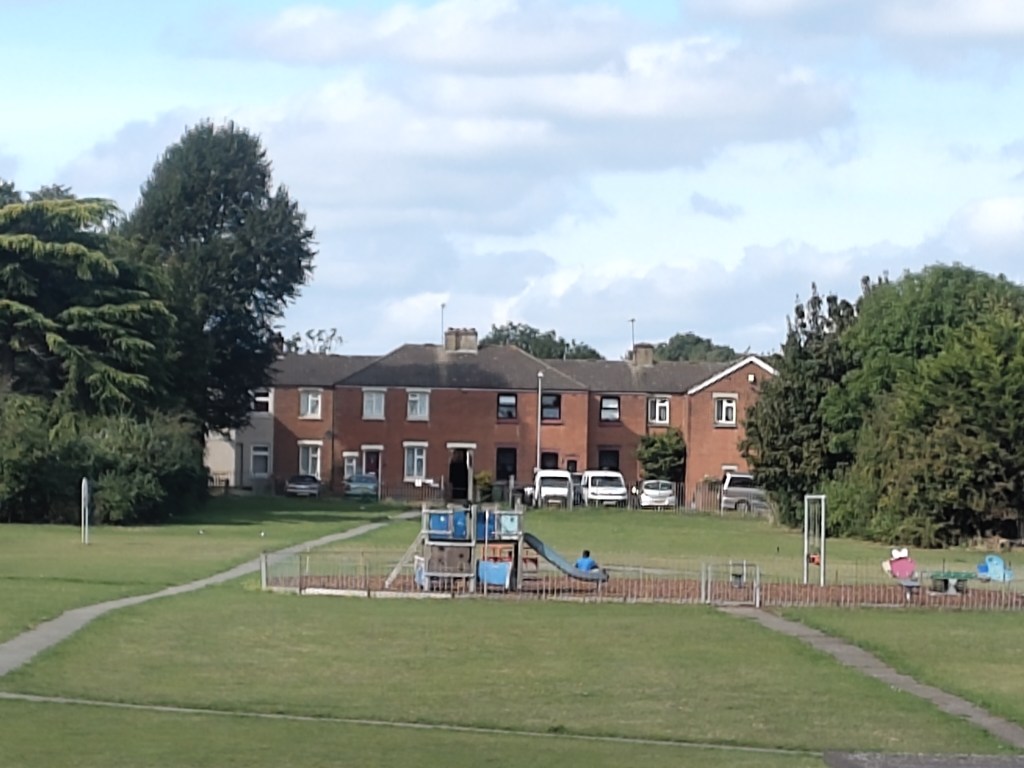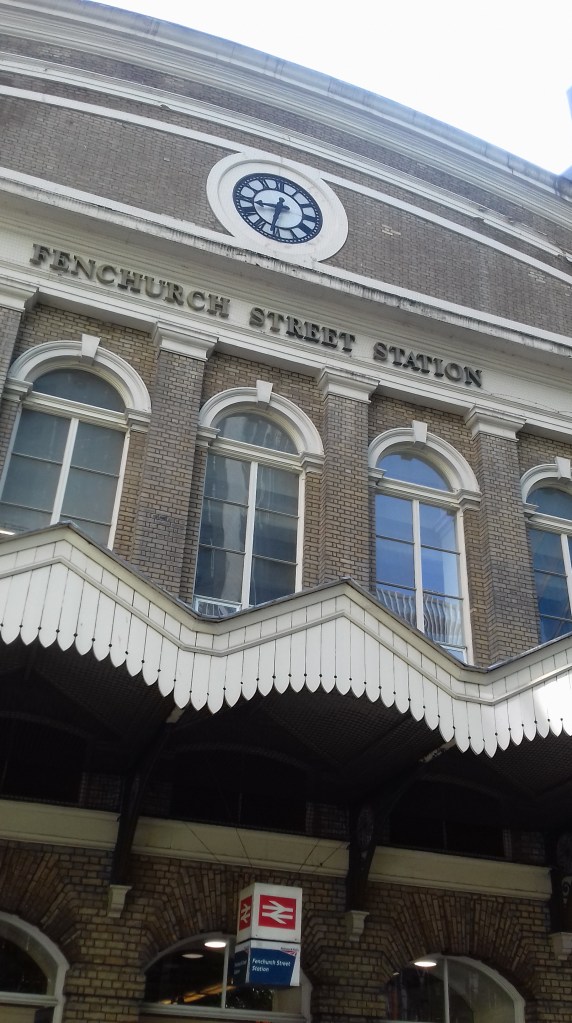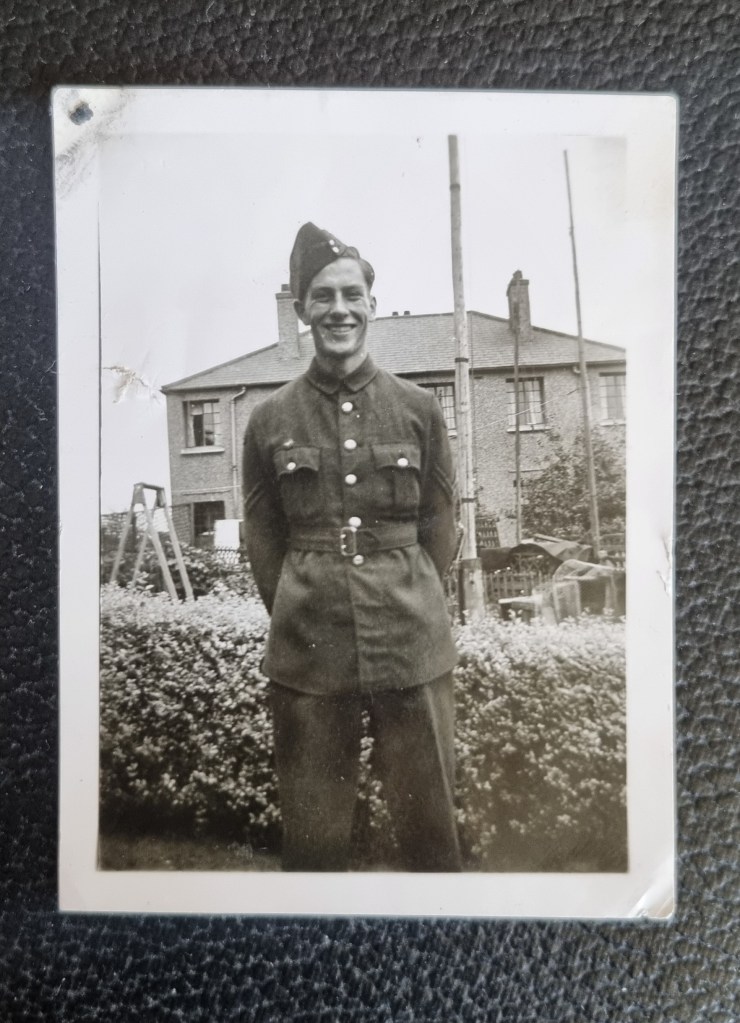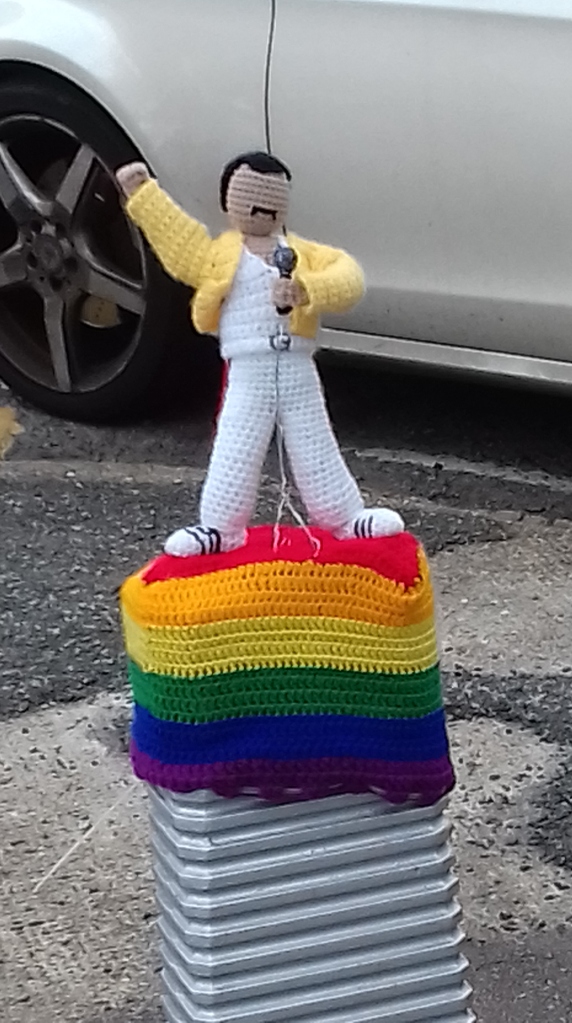
Altered Images: People with sharp eyes will notice that there is a blur, like an inverted shadow, just under the front bumper of this car. This is where the number plate is in real life. Thinking it discourteous to the car’s owner to identify it that precisely, I found what I thought was a rubber/block out tool in the “edit” function to cover it up; which turned out to be an AI tool to erase parts of a photo you might not want and replace it with something that looks like the background. Images have always been fakeable, and to some extent the camera has always lied, as well as enhanced; but now anyone can do it. The saving grace of this is that it is so obvious, once you look. A bit like AI as such, close to reality, but a bit off. As Eric Morcombe might have said, “you can see the join”.
On the Reform principle that everything was better in the old days, this is an Austin Cambridge from the 1960s, but adorned with a St Georges flag badge that no one would have used back then. Perhaps its a bit unfair on the car, which is clearly loved, and has a sense of humour. A sticker in the back rear widnow reads “In rust, we trust!” Of course, Reform doesn’t much like the 60s, a decade forged in reaction to the loss of Empire. With the possible exception of 1966.
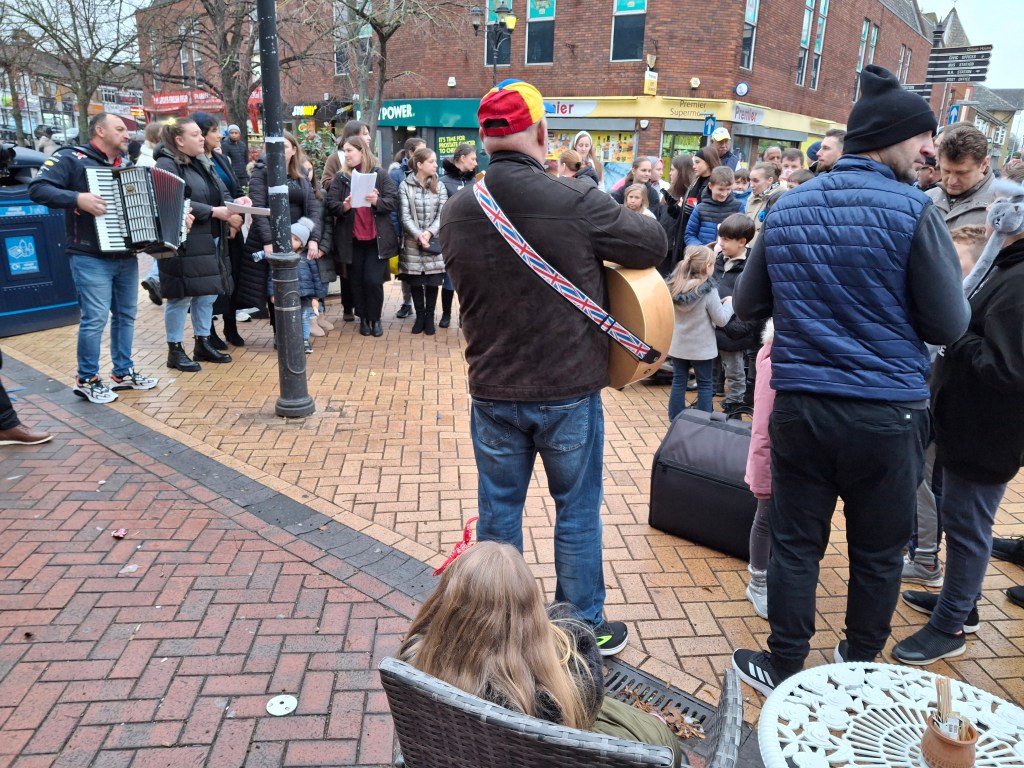
Romanians in the High Street in December, singing Christmas Carols. There is often music there now. A young woman this afternoon was singing Bowie’s Life on Mars from Hunky Dory, an album with a lot of songs I feel compelled to sing along to, regardless of who’s watching. Take a look at those
Sailors fighting in the dance hall
Oh, man, look at those cavemen go
It’s the freakiest show
Take a look at the lawman
Beating up the wrong guy
Oh, man, wonder if he’ll ever know…
I tell her she has a voice and a half and make a small offering. There’s a slightly hollow feel to all this, as the quality of the music and the performances is much better than the audiences it gets, which is rather sad. Just a few rather alienated looking shoppers drifting slowly past and not paying a lot of attention.
A damp Tuesday morning and there’s a guy playing the guitar in a style that has the sort of echoey spciousness you get with Mark Knopfler or, on a good day, Hank Marvin. As I limp up from George Street, the tune seems familiar, but I don’t recognise it until he starts singing.
They wanted me to go to rehab…
But I said, No, No, No!
I don’t have the time…And my Daddy says I’m fine…
He finishes just as I draw level.
“The sad thing is, her dad was wrong, wasn’t he…”
A smile and a nod.
“Lovely version, by the way” and another small offering to add to the tiny number of coins in his guitar case.
Meanwhile, up at the big, all the things you ever might need at knock down prices thats where Marks And Spencers used to be, and had a closing down sale for about six months…

Better able to plan ahead than the old one?

A magnificently retro poster in the local laundrette, that has probably been on the wall there since it opened in 1967. Built to last. Better than the Austin Cambridge anyway. The styling was quite old fashioned even then. The wasp waisted, stylish woman in high heels and tight knee length dress (because you always dress up to do your washing) has a feel of 1962 about her. The washing machine is clearly happily besotted with her.

